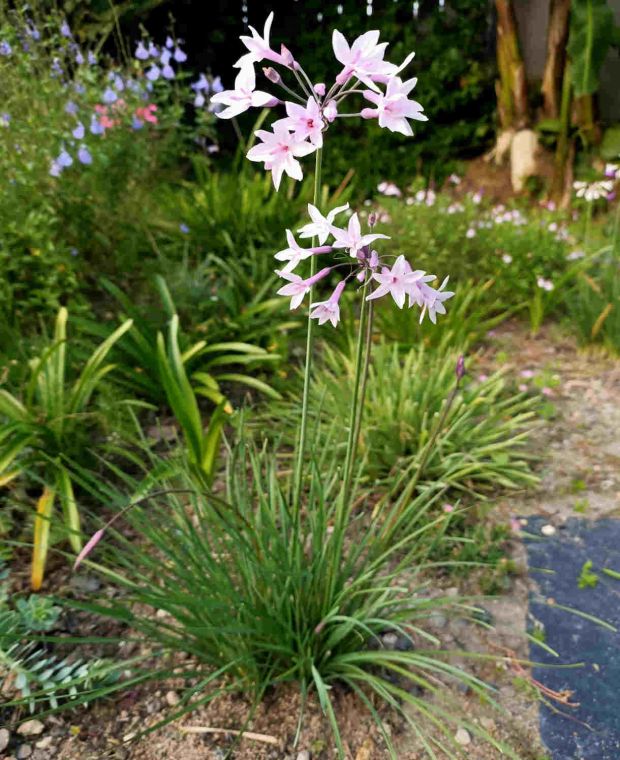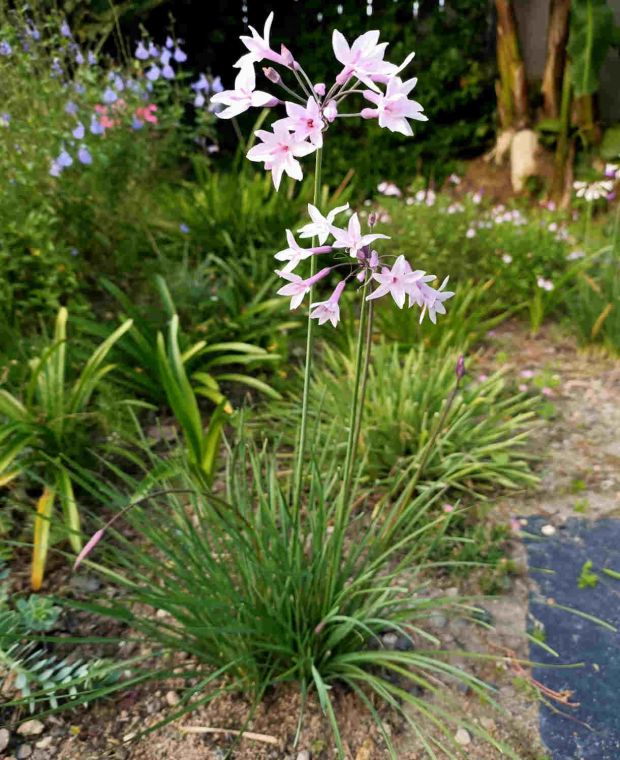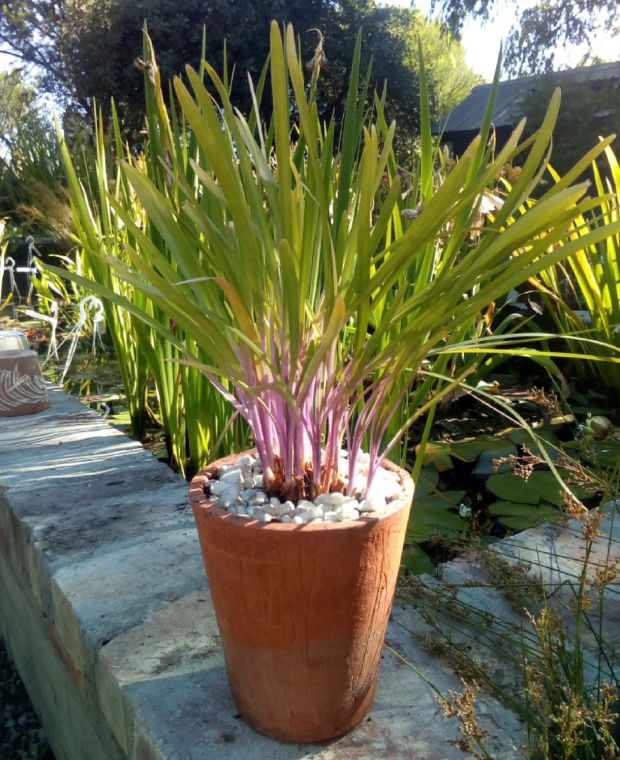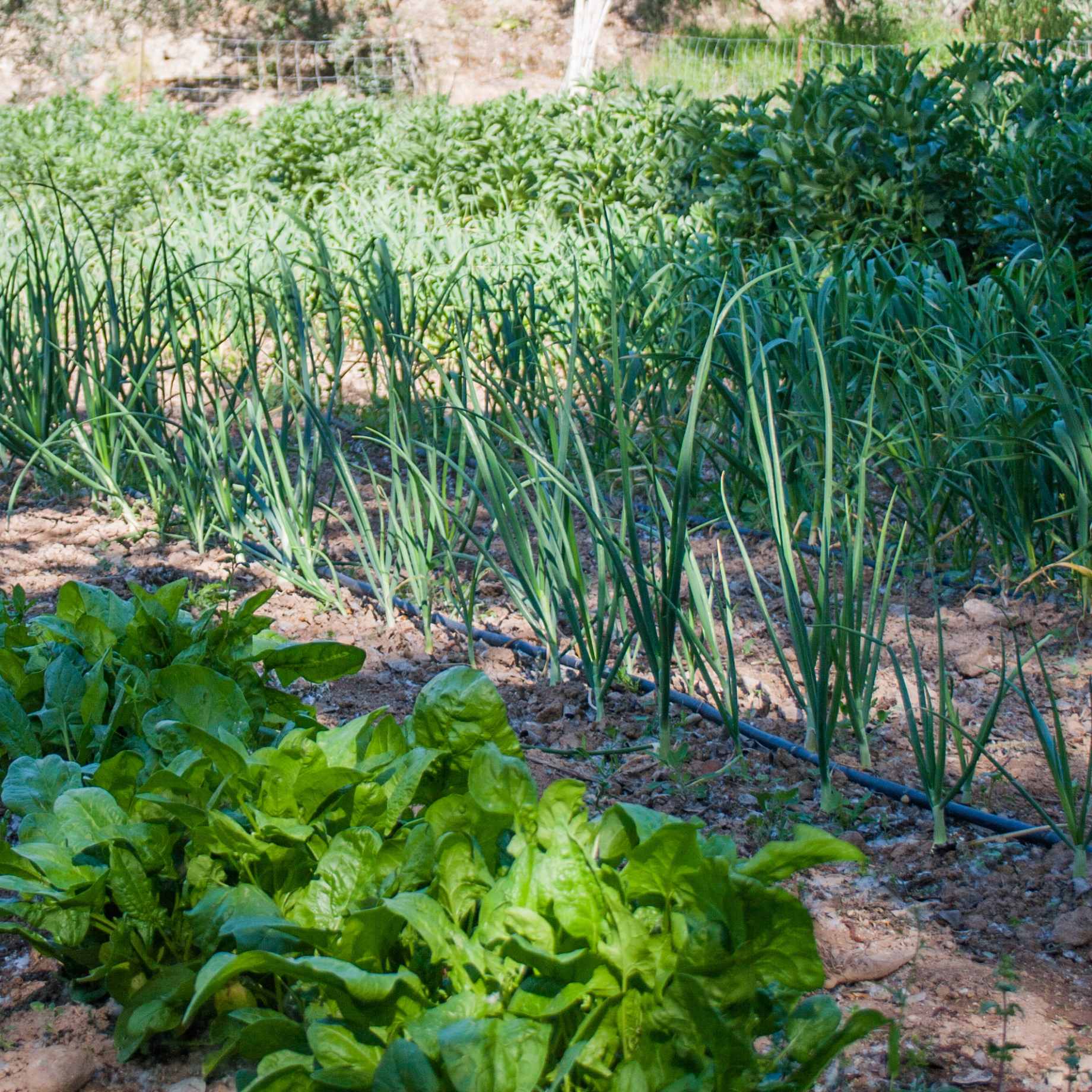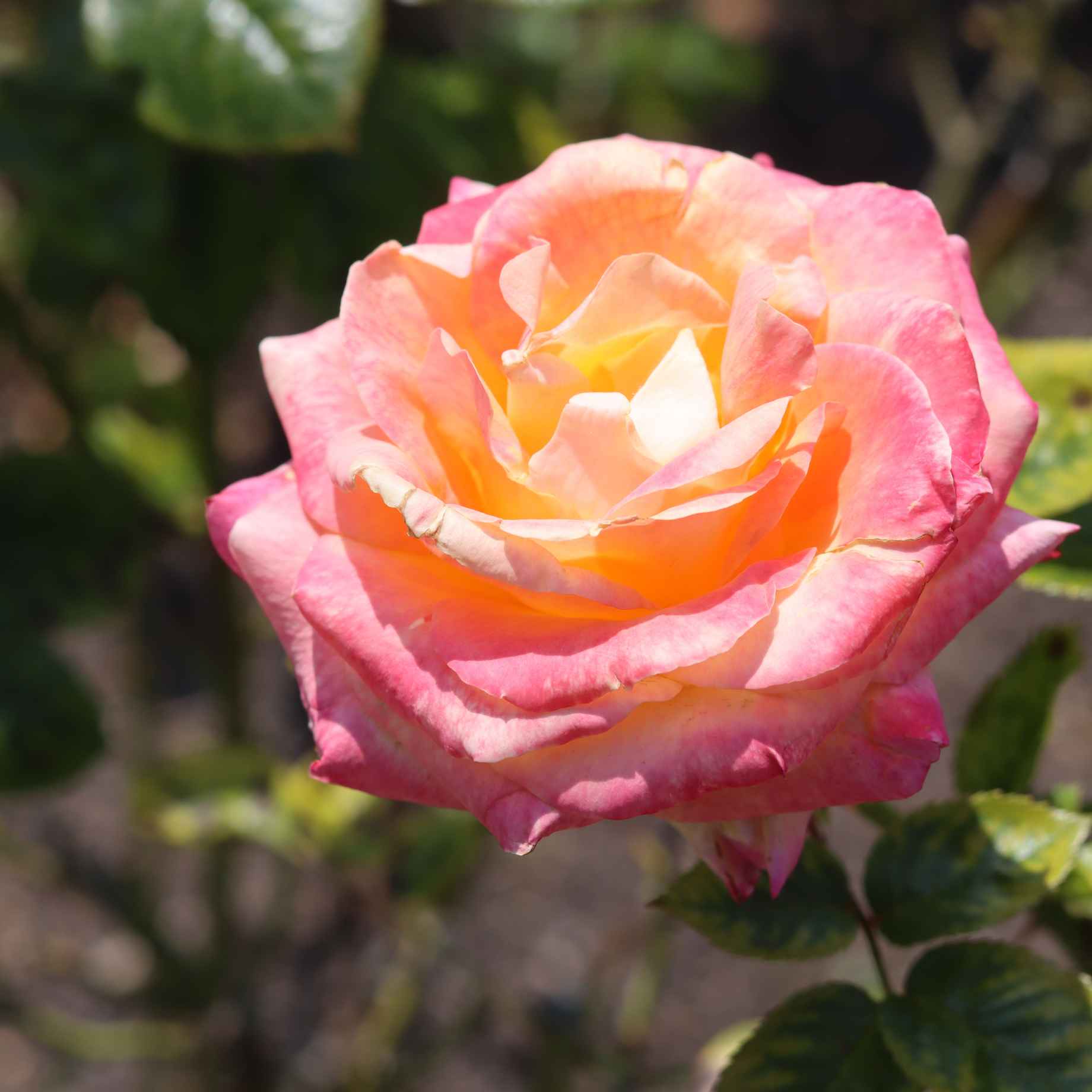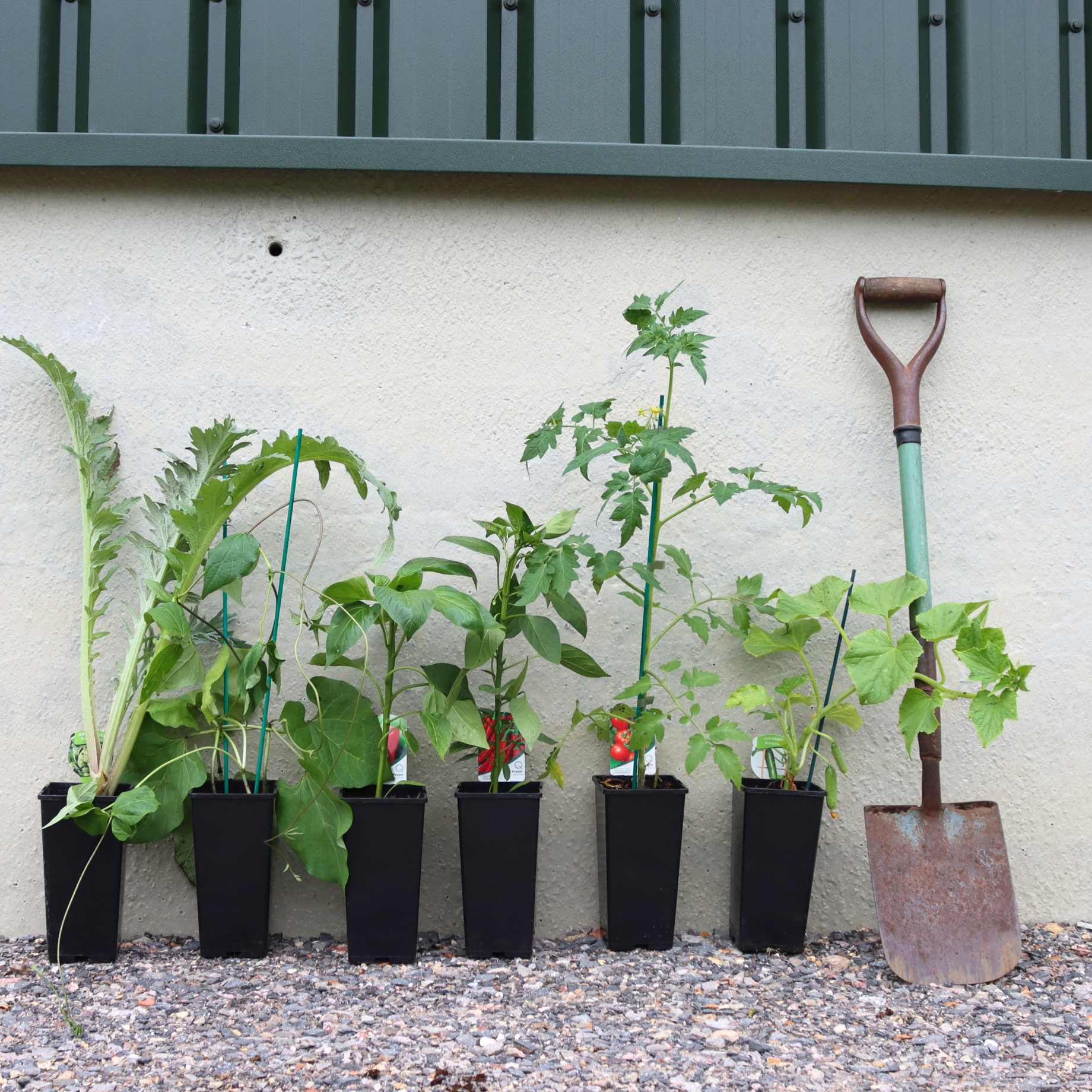Tell Me More…
Truly beautiful and unique, Tulbaghia hybrida ‘Ashanti’ is elegant and dainty. Bluish tinged, grass-like foliage sways in the breeze as long supple stems rise to bear clusters of blush pink, star-like blooms. Looking rather like Agapanthus, loose umbels of glistening, fragrant flowers are set off beautifully by the fine, glaucous foliage from March until the Autumn. Bees and butterflies will love to visit the nectar-rich display. A member of the Amaryllis family, Native to South Africa, bruised leaves omit a distinct aroma of garlic. This explains the common name, Society Garlic, which is said to have come from a rumour it tastes like garlic, without leading to any issues with bad breath. Tulbaghia hybrida ‘Ashanti’ prefers to be grown in well-drained loam or sand-based soil in a sunny spot and can happily cope with a little shade. Reaching 50cm in both height and spread once mature, this plant has an RHS hardiness rating of H3, which means it will cope with temperatures down to -5 degrees C, so should not require any protection in an average winter across the UK.
Flower and Foliage Months
Jan
Feb
Mar
Apr
May
Jun
Jul
Aug
Sep
Oct
Nov
Dec
Foliage Month
Flowering Month
Key Information
| Latin Name | Tulbaghia hybrida ‘Ashanti’ |
|---|---|
| Common Name | Society Garlic |
| Hardiness | H3 (-1 to -5°C) |
| Colour | Pink |
| Format | 9cm Pots |
| Position | Full-Sun |
| Foliage | Deciduous |
| Height in Maturity (m) | 0.50 m |
| Spread in Maturity (m) | 0.50 |
| Soil Conditions | Loam Sand |
| Soil Acidity | Acid Alkaline Neutral |
| Aspect | East-facing, South-facing, West-facing |
| Scented | Yes |
| Drought Tolerant | Yes |
| Good for pots | Yes |
| Good for Rockeries | Yes |
| Good for wildlife | Yes |
| Good for pollinators | Yes |
| Good for cutting | Yes |

